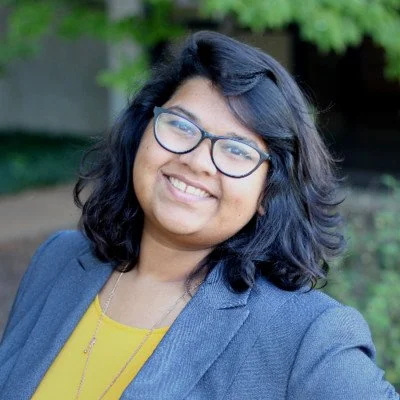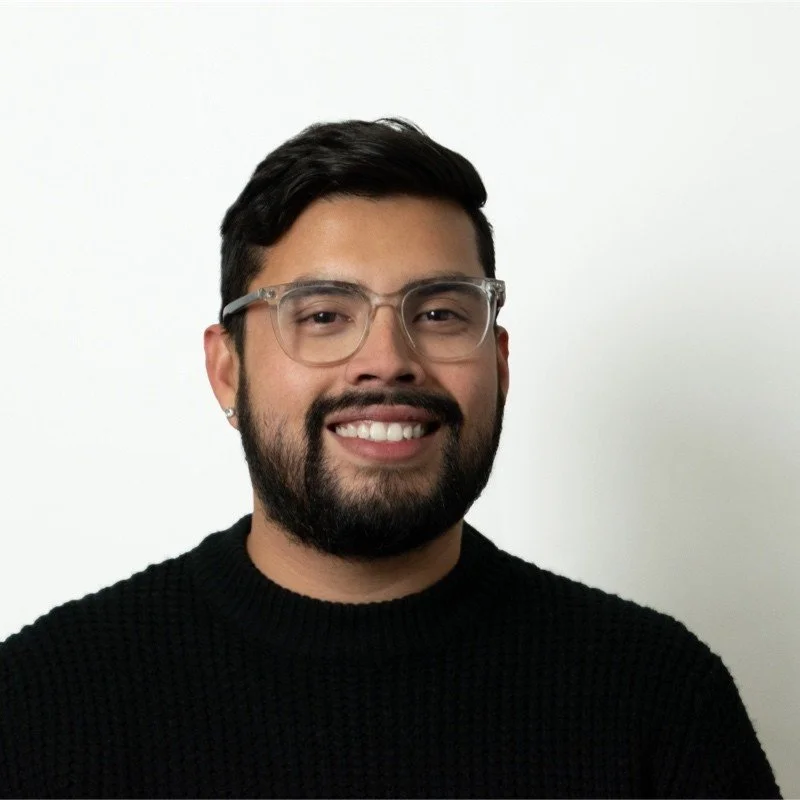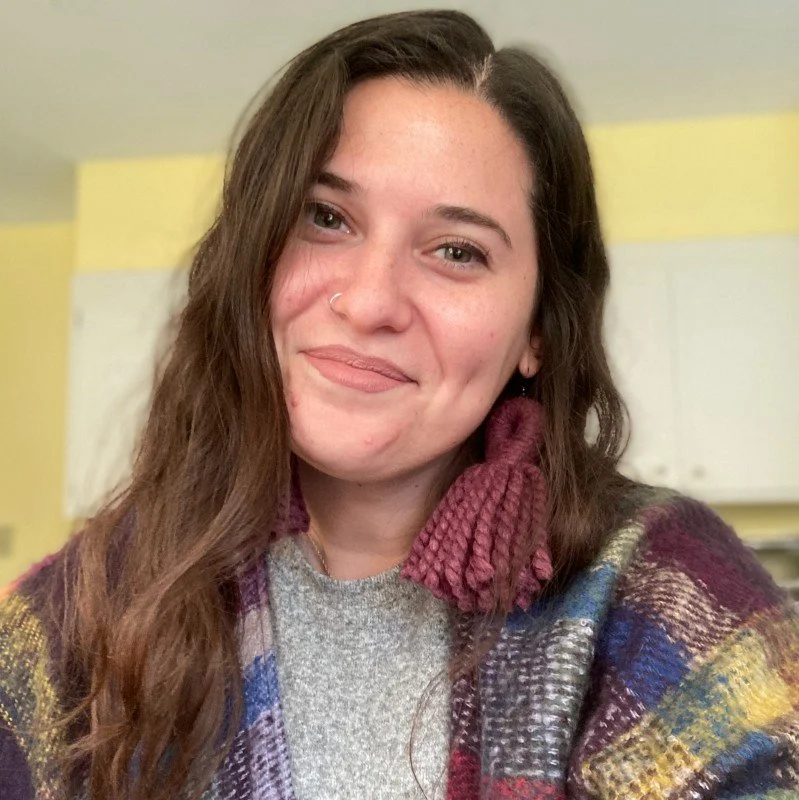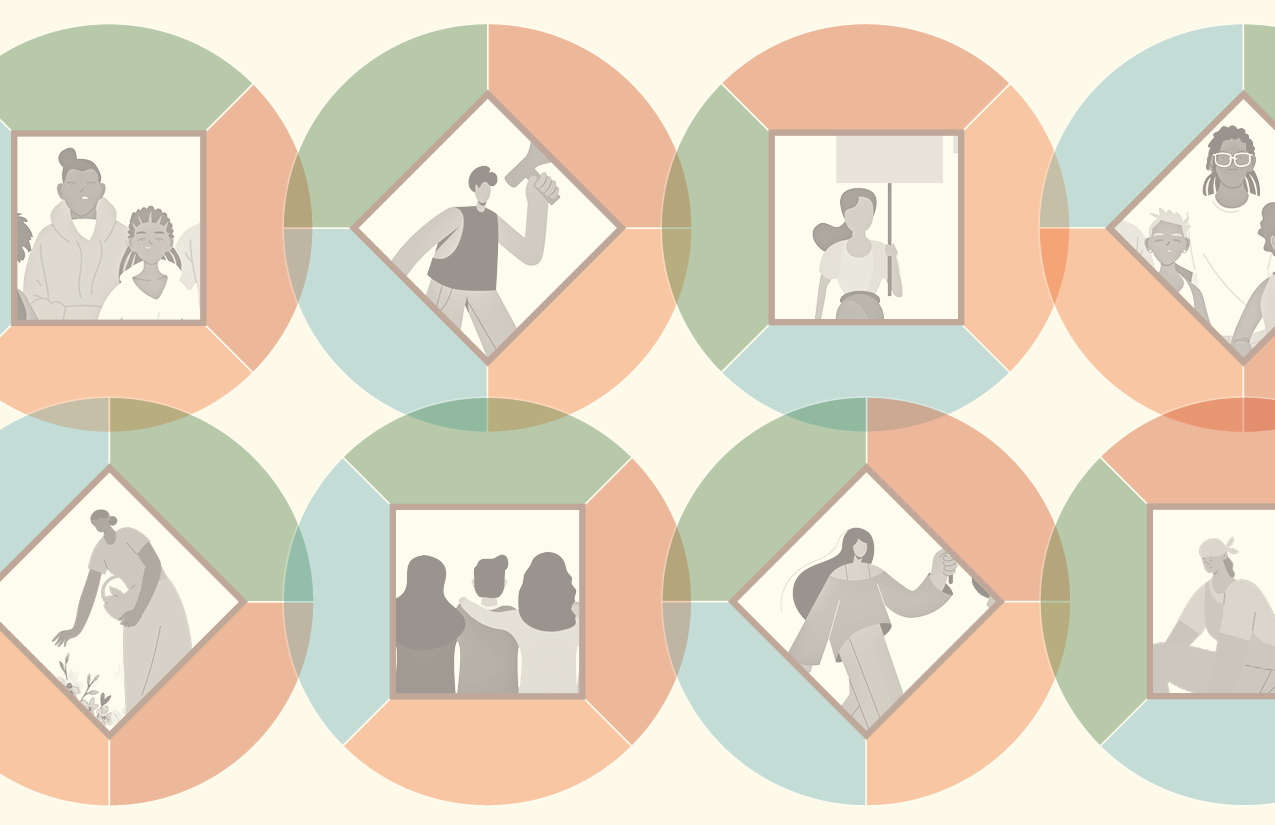
Centering Community in Policymaking
A Framework to Advance Racial Justice
People know what they need to live with dignity and joy. But right now, those in power ignore the expertise and lived experiences of the communities most impacted by their decisions. From city hall to the state capitol, from our neighborhood associations to our local schools, policymaking is a system that continues to benefit the few, while excluding the many.
We believe we can radically reimagine and transform many decision-making spaces by Centering Community in Policymaking (CCP).



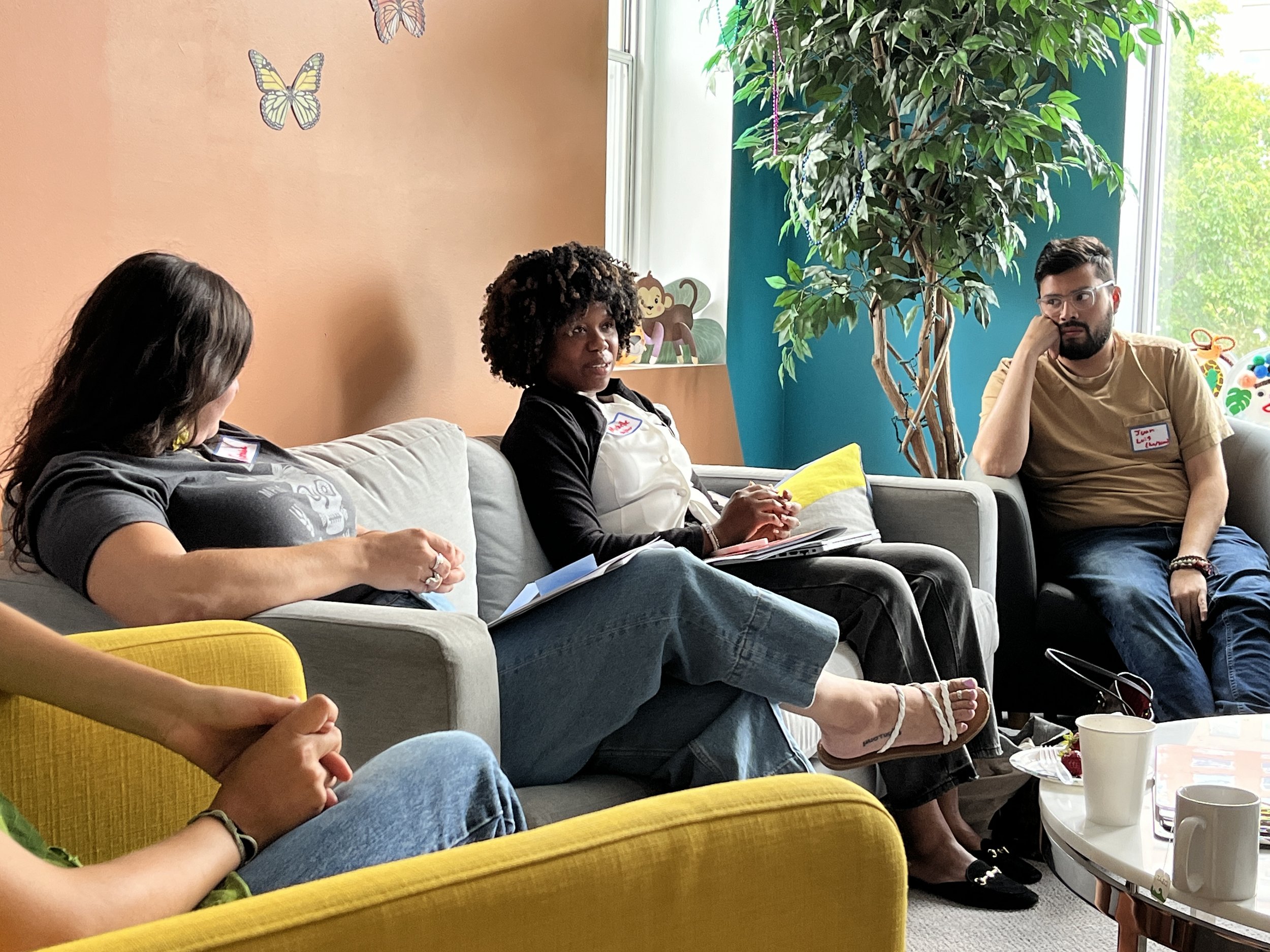


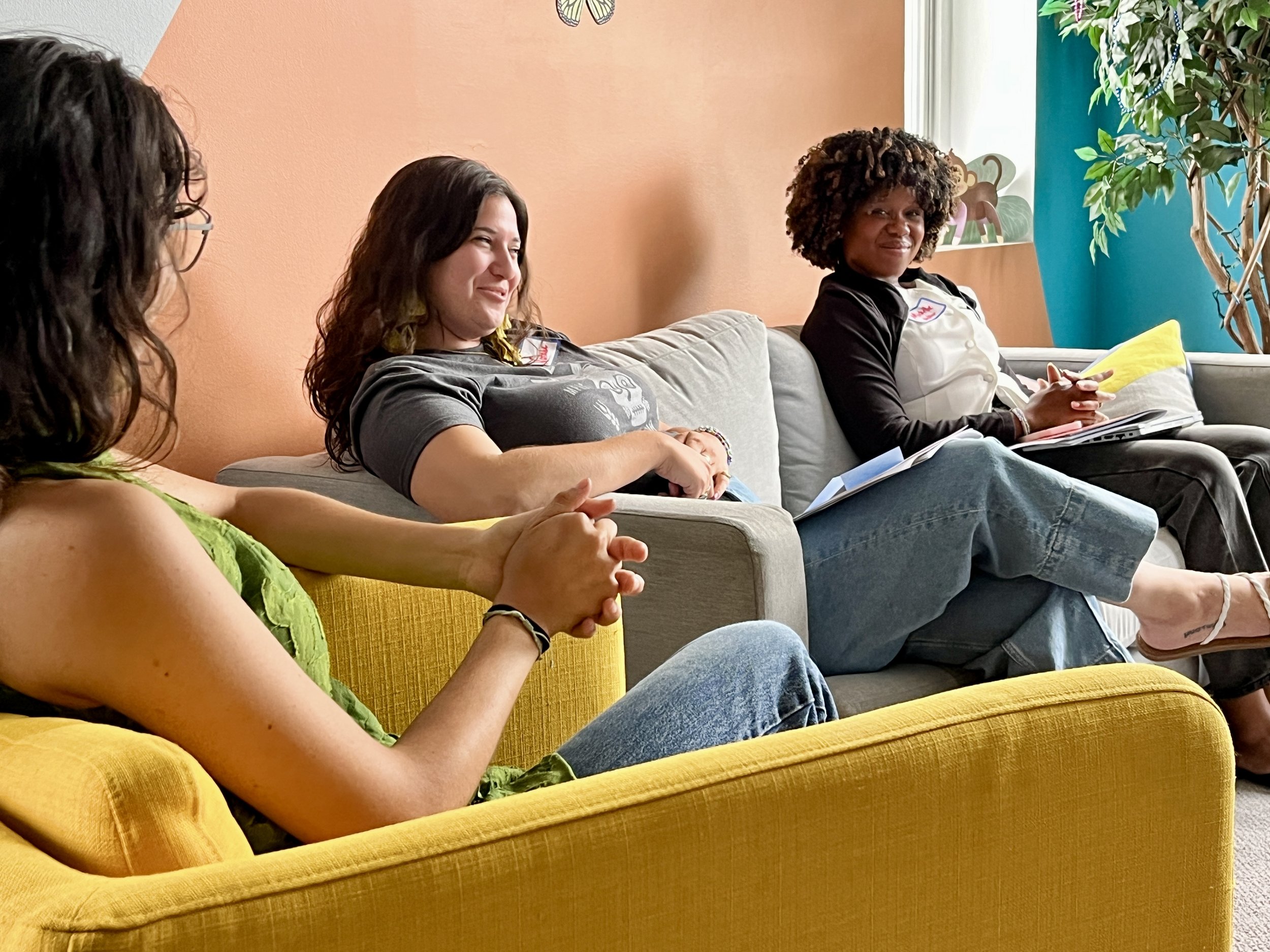

Why We Developed This Framework
This work began in 2009 when VRJ convened BIPOC communities across Minnesota and developed the Racial Equity Impact Assessment (REIA). A pocket guide with five key questions, the goal of the REIA was to ensure state lawmakers and advocates centered the needs and insights of BIPOC communities in policymaking.
Over the past 15 years, much has changed but racial disparities have increased. While we still advocate for racially just governance, we also recognize that we cannot rely solely on our elected officials to achieve racial justice. In recognition of that, we imagined reclaiming our power, and centering BIPOC communities by turning the focus of the REIA towards ourselves — the community organizers and advocates going toe to toe with white supremacy culture in the halls of power.
So, in 2023 and 2024, we convened a table of 10 policy advocates and organizers to reimagine and update this tool for the current moment.
This updated framework does not have the definitive answers to the pervasive challenges we face in decision-making spaces. What it does have is rich and powerful questions that will inspire the type of reflection, discussion and evaluation that leads to more BIPOC community leadership in policy efforts.
Whether you’re an organizer or lawmaker, policy advocate or evaluator, community member or ally, we are grateful for your interest in our updated framework — Centering Community in Policymaking (CCP): A Framework to Advance Racial Justice.
-
Community can be defined in infinite ways. In our personal lives, we’re part of geographic communities, cultural communities, faith communities, communities of people who share values about a certain issue — and so many others. Community does not have a single definition. It must be defined by the people and by the purpose of any specific effort to create change through collective action.
In this policy framework, we define community as the Black, Indigenous and people of color communities that are most impacted by the structural harms of white supremacy and exploitation based on race and ethnicity.
In our collaboration with organizers, leaders and advocates to update and refine this framework, we saw diverse definitions of community. For their policy effort related to landlord accountability, African Career, Education and Resource Inc (ACER) defined community as people of African heritage who are renters in Brooklyn Park. For their work around improving sexual education in schools, Minnesota Youth Collective defined community as young people — prioritizing Black, brown and queer folks. For the Community Equity Program, community was defined as BIPOC Minnesotans who are interested in learning more about policymaking at the state capitol.
We seek to be specific in defining community in policymaking spaces because, too often, marginalized groups are seen as monoliths. We know that our identities and our communities are diverse and change with time. Centering communities in policymaking requires thoughtfulness and intention to ensure the most-impacted people are identifying, informing and leading any effort.
-
Policies shape our daily lives in profound ways. From state budgets that fund or neglect our neighborhoods to requirements for public services that protect or undermine our basic human needs, policies guide decisions for the collective — and play a central role in determining the opportunities we have and barriers we face to creating our own realities.
At Voices for Racial Justice (VRJ), we envision a Minnesota where we — BIPOC communities and allies — use policy as a tool of liberation and resistance to end systems of oppression and build a more equitable future for all. This includes transforming policy practices and processes used by governments, community institutions and the private sector.
Policymaking spaces are all around us: at city halls and the state capitol, in school boards and government agencies, in community institutions and private corporations, and so many others. Making policy can look many ways, as well, including:
Identifying, developing and passing new policies that advance racial justice
Repealing or changing harmful policies that perpetuate racial injustice
Evaluating and updating policies that aim to advance racial justice to ensure they are having the intended impact on the most-impacted communities
To serve the interests of those who profit from white supremacy and exploitation based on race, policymaking spaces have intentionally excluded the most-impacted communities for generations. Processes have been designed for people with very limited types of knowledge, very specific ways of communicating and, in many cases, the ability to respond to very rapid timelines. In this way, policymaking systems and policies themselves are purposely challenging to understand and feel distant from our daily lives.
In our work with the Centering Community in Policymaking (CCP) table, we heard again and again how policymaking spaces are not just unwelcoming but actively harmful for BIPOC communities. The feelings organizers and advocates most associated with experiences at the state capitol, for instance, were primarily negative: frustrated, overwhelmed, tokenized, confused, othered. On the other hand, their experiences working with the community towards policy solutions were dramatically different: inspired, proud, hopeful, curious, smart.
We acknowledge the tension in trying to bring communities into policymaking processes that do not recognize or honor their dignity, expertise and life experiences. This framework intends to both center community in current policymaking processes and also reimagine and remake those spaces so they are catalysts for our wellbeing, happiness and liberation.
-
Transforming policymaking spaces and securing a future centered on solidarity and care will invite different actions from all of us who believe in racial justice. Because of our work and our relationships, VRJ developed this framework with several key audiences in mind. Our hope is that these audiences will find it useful in achieving the following goals:
Organizers and Advocates
Are more intentional and impactful in authentically engaging impacted communities
Are better equipped to work with each other on policy agendas and shared priorities
Are able to create bolder, stronger policies for racial justice that are carefully considered and grounded in community leadership
Develop the skills and relationships to support the growth of their movements over the long term to advance sustainable change
Feel confident to share the CCP Framework with other organizers, community members, and legislators
Elected Officials and Institutional Leaders
Actively name and center racial justice as a priority in all policy areas
Craft policies that have more nuanced analysis and impacts on BIPOC communities
Cultivate long-term relationships with both organizers and community members to assess policy impacts and improve outcomes
Work directly with BIPOC communities
Other Community Members
Feel more powerful in policymaking spaces that are challenging and isolating
Feel ownership in efforts to advance racial justice in meaningful, sustained ways
Have a deeper influence on policy advocacy and gain a greater sense of confidence and agency in policymaking spaces
Can easily see, feel, and articulate direct impact in their lives based on policy changes
Researchers, Evaluators and Implementers
Recognize their role in making sure policies are implemented in ways that have the intended results for the most-impacted communities
Continue to engage with most-impacted communities to evaluate and update the policy over time so it can be improved and evolve with community realities
But this is far from a complete list. If you are committed to racial justice and engaged in policymaking in any way, we hope this framework will be useful to you, too!
Reflection questions one pager
Using the Framework
The Centering Community in Policymaking framework has five areas of reflection.
Within each of these areas, there are questions to guide deeper reflection and analysis for your policy effort. We intentionally place Community Leadership at the center and encourage users to return to these questions at every point in the process, from identifying the issue to negotiating tradeoffs.
-
Who needs to be at the center of this conversation? How is “community” being defined in this particular policy effort?
What are the dreams and visions of this community? How do they want their lives to be transformed — for themselves and future generations?
What is the specific issue or policy idea that the impacted community has proposed or supports?
What are the ways the most impacted communities want to share their expertise and how do we make that input and leadership possible?
-
How are we identifying the root causes of the current injustice? What data are we using to define the injustice?
How do we have an intersectional analysis that recognizes the different ways injustice impacts different members within the most impacted communities?
Who benefits from this injustice and will likely oppose this policy or any changes to this system?
What does our policy solution need to remove or build to help us solve this injustice and achieve the community’s long term vision?
-
How have each of us reflected on the lived experiences, biases, and traumas we’re bringing to the table and how we can avoid causing harm or replicating oppression towards ourselves or others?
What are our shared values and agreements as we work in relationship with each other toward this policy change?
What are the responsibilities, roles and accountability for community members, organizers, and policymakers in this process? What is our decision-making process around the strategies and tactics we use to win?
How can we each contribute our specific skills, knowledge and capacity — from sharing our stories to analyzing policy impacts — to achieve a policy that meets the needs and expectations of impacted communities? What skills do we need that we don’t have right now?
-
What is our process or agreements around navigating conflict and tension as we work toward this particular policy?
What are the non-negotiables or bottom lines for our policy — the things we will not sacrifice or the compromises we won’t make because they would violate our shared values and agreements?
How will we work together to negotiate the unavoidable trade-offs of any policy for different communities — and different people within our communities?
How do we assess whether this policy conflicts with other policies or might have unintended consequences in our communities?
-
What types of resources — funding, staff capacity, community organizations — do we need for the policy to be successful?
How do we ensure the policy is implemented in a positive way and leaders are held accountable to make the policy work the way we envision it?
How are directly impacted communities providing feedback on the effects of the policy in their daily lives? How is that being integrated into evaluation of and changes to the policy?
How is the policy effort creating opportunities for impacted communities to build capacity and power to advance solutions in the future?
Tool for Action: Centering Community in Policymaking Workbook
The workbook includes a users’ guide, case studies, and rich and powerful questions that will inspire the type of reflection, discussion and evaluation that leads to more BIPOC community leadership in policy efforts. Whether you’re an organizer or lawmaker, policy advocate or evaluator, community member or ally, we are grateful for your interest in Centering Community in Policymaking: A Framework to Advance Racial Justice.
What People Are Saying about the Framework
Acknowledgements
This work did not start with us — and we honor the countless community members and leaders who have paved the way to where we are today.
We are deeply grateful to the BIPOC community members and allies who contributed their time and expertise in 2008 and 2009 to create the first Racial Equity Impact Assessment (REIA) Pocket Guide. Without their vision, this tool would not exist.
We also acknowledge the incredible insights, experiences and vision of the Centering Community in Policymaking (CCP) Table participants who generously shared their time with us in 2023 and 2024 to update and pilot this resource. Our gratitude to those table members: Sohini Bag (African Career, Education and Resource, Inc - ACER), Michelle Koffa Dormoh (Community Equity Program, Wilder Foundation), Nicauris Heredia-Rosario (participating in past role at Minnesota Council on Latino Affairs), Nan Madden (Minnesota Budget Project), Blanca Martinez Gavina (participating in past role at the Citizens League), Juan Luis Rivera-Reyes (The Alliance), Corenia Smith (Wholesome Management), Natalie Somerson (Minnesota Youth Collective) , Elizabeth Taylor, and Julio Zelaya.
This work would not have been possible without the financial support of the American Heart Association – Voices for Healthy Kids initiative. We are deeply grateful for their trust and support!


